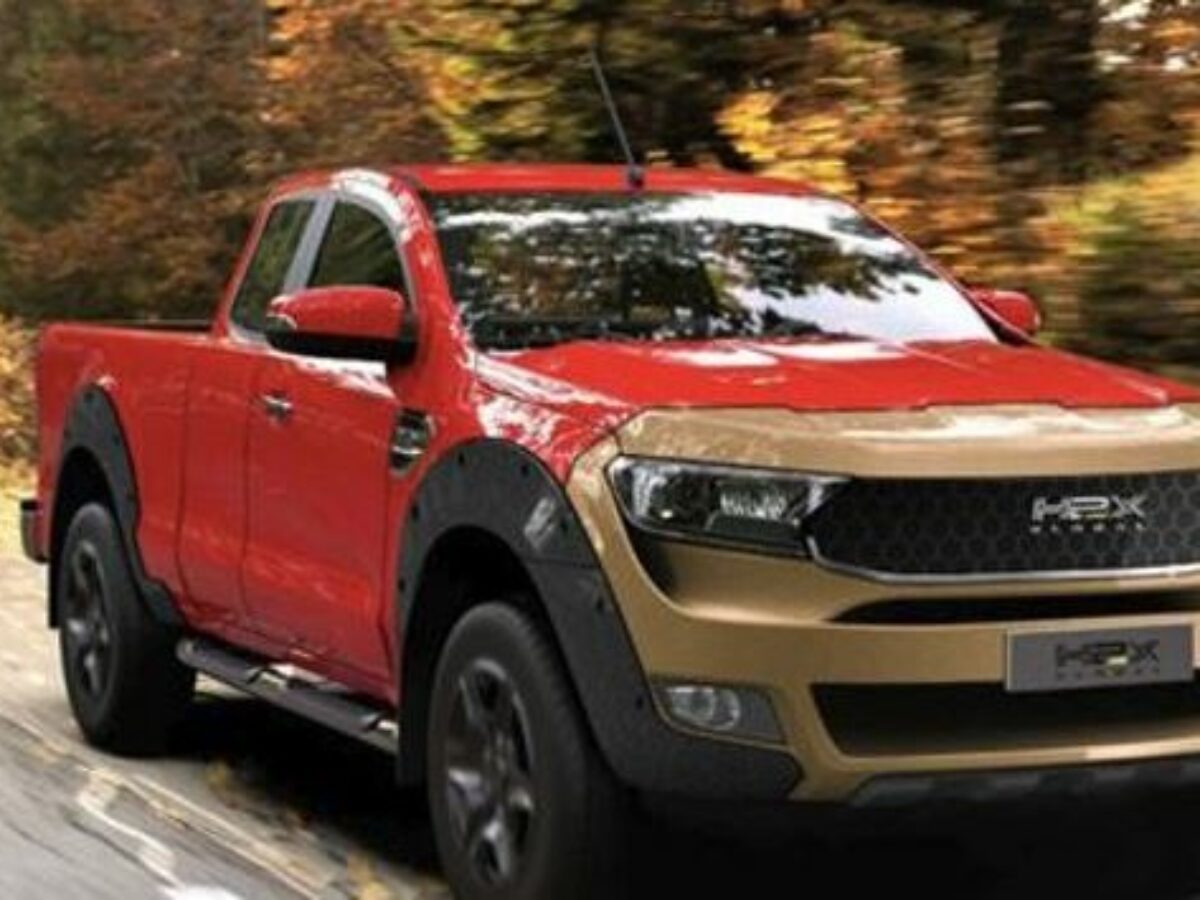H2X selects Gippsland for hydrogen vehicle retrofits, aims to make its own vehicles in 2023

By Brent Balinski
After initial plans to begin manufacturing vehicles at Port Kembla, NSW, hydrogen fuel cell hopeful H2X Global announced Gippsland as the home of its assembly operation on Wednesday.
NSW hydrogen bus trials didn’t pan out as hoped and the company’s activities slowed in the state, H2X’s CEO and founder Brendan Norman explains. Then three months ago H2X was introduced to Marathon Electrical, which leads the Gippsland Circular Economy Precinct, and the region’s keenness for green hydrogen became clear.
“Deakin University, Swinburne University and so on are setting up activities around hydrogen, and as well as that there’s a lot of companies that are part of that group,” Norman tells @AuManufacturing.
“There’s a lot of activity in terms of customers who’ll take the vehicles that we’ll produce. And not only the vehicles, but also the generator sets that will go to power industrial plants and so on.”
As well as vehicles — initially retrofitted with H2X’s power trains and fuel cells — it intends to assemble generators and possibly electrolysers and establish a “hydrogen centre of excellence” with the GCEP group of businesses. Norman says there was no government assistance involved in the decision to set up in Gippsland, which is managing a transition away from traditional energy,
The first car to come out of Gippsland will be the Warrego ute, announced last month, based on the Ford Ranger and scheduled for official launch in November.
According to Norman, demand has been strong, with 400 reservations so far — half of them from Europe, where customers’ purchases are subsidised. (Incidentally, H2X’s design team is European-based.) There are three models of Warrego, with the cheapest priced at $189,000.
Like the two other vehicles featured on the company’s website — a taxi and a van — the Warrego has a claimed range of 500 kilometres. Specs for the base model Warrego include a refuelling time of three to five minutes, 200 kW motor, 66 kW fuel cell and 60 kW battery/supercapacitor output.
Norman says the Warrego will be in production in mid-2022. Development of other vehicles – “something in the bus and truck sort of range” and agricultural equipment will go on simultaneously.
Hydrogen generator sets will be built on a similar timeline as the Warrego, and have “basically the same sort of technology” featured in the car’s powertrains.
If things go to plan, in-house chassis will be developed over next year and H2X will be able to say they are manufacturing their own vehicles — rather than just doing retrofits — in 2023.
“At this stage, we believe that Gippsland is the right location for us to then move into that secondary production,” adds Norman.
“We still have, however, some time before we have to make that decision where the final production for the large vehicles is.”
According to the CEO, a current headcount of 70 will change rapidly as the company establishes itself at Gippsland.
“We’re expecting by the end of the year to have at least 100 and then to move on from there into next year and start really building that team upwards through the first six months of the year,” he adds.
Picture: thehydrogentruck.com
Subscribe to our free @AuManufacturing newsletter here.
@aumanufacturing Sections
Analysis and Commentary Awards Defence Manufacturing News Podcast Technology Videos










